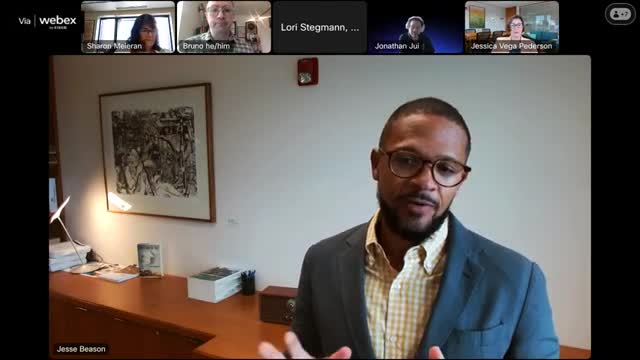Emergency Response Times Under Scrutiny as Standards Evolve
August 15, 2024 | Multnomah County, Oregon

This article was created by AI summarizing key points discussed. AI makes mistakes, so for full details and context, please refer to the video of the full meeting. Please report any errors so we can fix them. Report an error »

In a recent government meeting, officials discussed the complexities surrounding emergency medical services (EMS) response times, emphasizing that the commonly cited 8-minute benchmark is not a universal standard. The discussion highlighted that while 8 minutes has historical significance—stemming from a study by Mickey Eisenberg in the late 1970s—current medical data suggests that a more critical timeframe for life-threatening situations, such as cardiac arrests, is between 4 to 6 minutes.
Commissioners acknowledged the need for a nuanced approach to response times, noting that different jurisdictions, such as Washington and Clackamas County, utilize varying standards of 10 to 12 minutes. The conversation underscored the importance of balancing response times with available resources and infrastructure challenges, including traffic conditions.
Officials also addressed improvements in dispatch systems, which have been evolving since a significant update in May 2022. The new system allows for better stratification of calls based on urgency, enabling dispatchers to send appropriate resources more effectively. However, challenges remain, as the system is not yet fully optimized, and there are ongoing issues with computer technology that affect dispatch efficiency.
The meeting concluded with a commitment to continue evaluating response time standards and dispatch protocols to enhance patient outcomes while ensuring that the right resources are deployed for each emergency call.
Commissioners acknowledged the need for a nuanced approach to response times, noting that different jurisdictions, such as Washington and Clackamas County, utilize varying standards of 10 to 12 minutes. The conversation underscored the importance of balancing response times with available resources and infrastructure challenges, including traffic conditions.
Officials also addressed improvements in dispatch systems, which have been evolving since a significant update in May 2022. The new system allows for better stratification of calls based on urgency, enabling dispatchers to send appropriate resources more effectively. However, challenges remain, as the system is not yet fully optimized, and there are ongoing issues with computer technology that affect dispatch efficiency.
The meeting concluded with a commitment to continue evaluating response time standards and dispatch protocols to enhance patient outcomes while ensuring that the right resources are deployed for each emergency call.
View full meeting
This article is based on a recent meeting—watch the full video and explore the complete transcript for deeper insights into the discussion.
View full meeting
